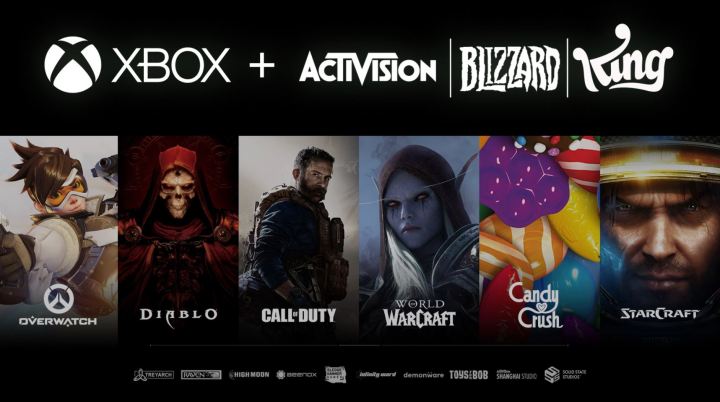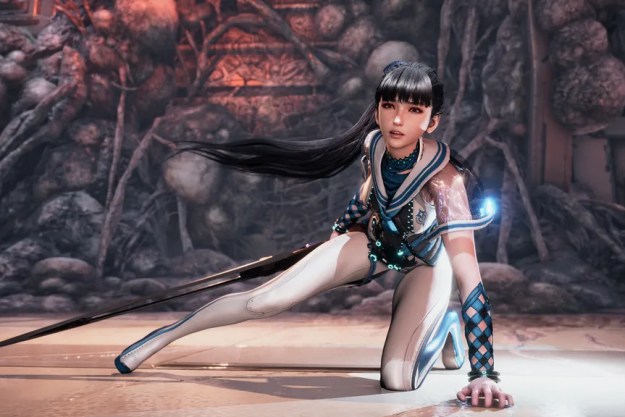Sony Interactive Entertainment announced its intended $3.6 billion acquisition of Destiny developer Bungie on January 31. Less than two weeks after Microsoft’s bombshell announcement of its intention to acquire Activision Blizzard, Sony responded by showing that it’s willing to compete when it comes to spending lots of money to acquire popular developers. On top of that, Sony seemingly plans to keep Bungie a multiplatform studio.
While Sony Interactive Entertainment CEO Jim Ryan told GamesIndustry.biz that “these conversations have been a number of months in gestation, and certainly predate the activity that we have seen this year,” it still demonstrates a significant change in Sony’s gaming mentality in light of Microsoft’s acquisitions of Bethesda and Activision Blizzard.
For years, Sony focused on maintaining a refined and exclusive ecosystem of games and studios, but Microsoft’s flurry of acquisitions over the past couple of years pushed Sony out of that comfort zone. After several smaller purchases, Sony has finally indicated that it’s ready and willing to play on Microsoft’s level and will do whatever it takes to stay on top in the gaming industry.

Taking a king
Sony’s Bungie acquisition is just as symbolic as it is sensible from a competitive standpoint. Bungie used to be owned by Microsoft and created its biggest franchise, Halo. It split off to gain independence in 2007 and stayed that way for some time despite close partnerships with Activision and Google.
While it currently seems like Bungie will remain an independent and multiplatform studio, this is still a show of force by Sony. This acquisition means Microsoft can never truly get the developer who made Halo back and gives Sony a presence on Xbox platforms that extends beyond MLB The Show.
And as Ampere Analysis analyst Piers Harding-Rolls pointed out on Twitter, it also prepares Sony for potentially losing Call of Duty by giving it a first-party shooter game that’s consistently updated as a live service. Of course, this isn’t as direct of a response to the Activision Blizzard acquisition as it may initially seem, as this deal was in the works well before Microsoft’s January 18 announcement.
The Bethesda acquisition is likely the deal that spurred Sony to acquire Bungie. Still, the Activision Blizzard deal affirmed why Sony had to make that move in the first place. Currently, the video game industry is on an acquisition spree from the top-down. Microsoft is one of the studio’s leading the charge with the biggest and boldest deals.
While Sony may not have as much money to throw around, it still made plenty of smaller acquisitions, like Bluepoint, before the Bungie deal. Sony knows it needs to acquire studios and grow to stay competitive, and this is its first move to indicate that its willing to spend billions. The Bungie deal sends a clear message to Microsoft that Sony is still relevant and a force to be reckoned with.
What’s mine is yours
That’s not the only message Sony is sending either. It’s also playing platform-exclusivity mind games. One of the most nebulous topics of debate with Microsoft’s Bethesda and Activision announcements is whether or not the games from acquired studios would be exclusive to Xbox. Microsoft’s current approach is to honor existing deals and keep multiplayer titles supported across platforms, but make brand new games like Starfield and Redfall into Xbox console exclusives that will also come to PC and Xbox Cloud Gaming. With Bungie, Sony seems to not be worried about exclusivity for once.
In the past, Sony has always wanted to keep its first-party games on PlayStation for as long as possible. Only recently has it chosen to port games like Horizon Zero Dawn, Days Gone, and God of War to PC and been forced to put MLB The Show on competing platforms. But from the get-go, Sony’s messaging is that it’s OK with Bungie staying creatively independent and multiplatform.

Sony Interactive Entertainment CEO Jim Ryan discussed this in an interview with GamesIndustry.biz.
“Everybody wants the extremely large Destiny 2 community, whatever platform they’re on, to be able to continue to enjoy their Destiny 2 experiences,” he says. “And that approach will apply to future Bungie releases. That is unequivocal. We get the importance of this. We have grown studios organically, but we’ve also made a number of acquisitions over the years … We understand how important it is to give these great organizations the space and independence, whilst bolstering that with great support when and where that’s needed.”
Whether or not this is true remains to be seen once Bungie announces something with no connection to Destiny. Regardless, it’s much more transparent than Microsoft’s messaging usually is, and makes this acquisition look less worrying and aggressive than it actually is. And this is only the start.
What’s next
So far, Xbox’s Phil Spencer seems to be taking the announcement in stride. He even responded to the tweet announcing the acquisition to congratulate everyone involved.
Congrats to the talented teams at @Bungie, great testament to your creativity. And congrats to @PlayStation @hermenhulst on adding a talented team to your studios team.
— Phil Spencer (@XboxP3) January 31, 2022
Still, Microsoft knows that its Activision Blizzard acquisition is much bigger than just one studio, even if Bungie is meaningful to Xbox’s history. Microsoft will likely look to complete that as quickly as possible, assess what stays exclusive and what goes multiplatform, and continue to make Xbox Game Pass an outstanding service that Sony will have a hard time competing with. Meanwhile, Ryan told GamesIndustry.biz that Sony would continue to buy studios that it sees as valuable partners.
“We are by no means done,” he explained. “With PlayStation, we have a long way to go. I will personally be spending a lot of my time with … the team at Bungie, helping make sure that everything beds down right and that autonomy means autonomy. But elsewhere in the organization, we have many more moves to make.”
Microsoft and Sony aren’t making these moves in a bubble; they’re analyzing the current state of the industry and what the other is doing and responding accordingly. And if the Activision Blizzard deal didn’t already prove this to you, Sony’s purchase of Bungie confirms that no studio is out of the question for Microsoft or Sony.
Editors' Recommendations
- I was a PlayStation Portal hater. Now it’s one of my go-to gaming devices
- PS5 exclusive Stellar Blade is getting a free demo later this week
- You need to try PlayStation VR2’s most psychedelic game yet
- Sea of Thieves confirmed for PS5 as Xbox details multiplatform rollout
- I made my own special-edition, Mario-themed PlayStation 5




